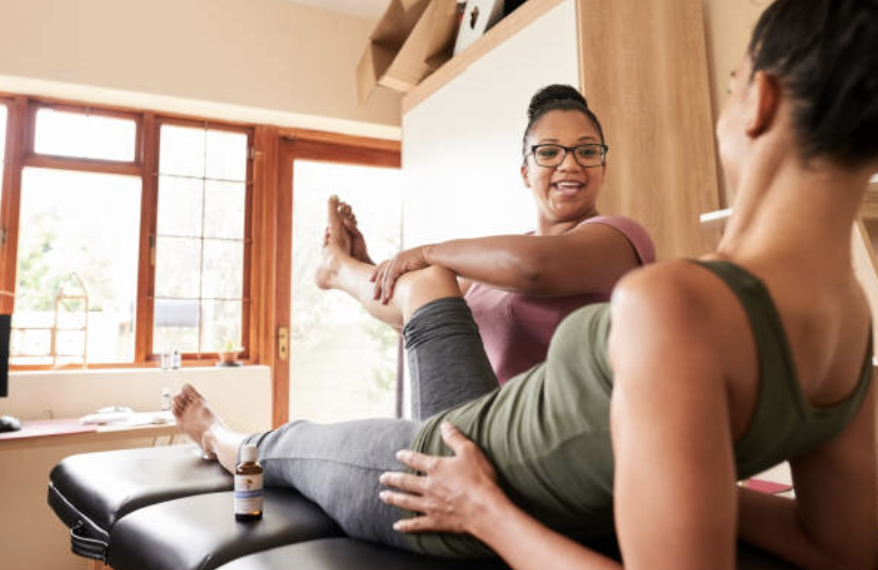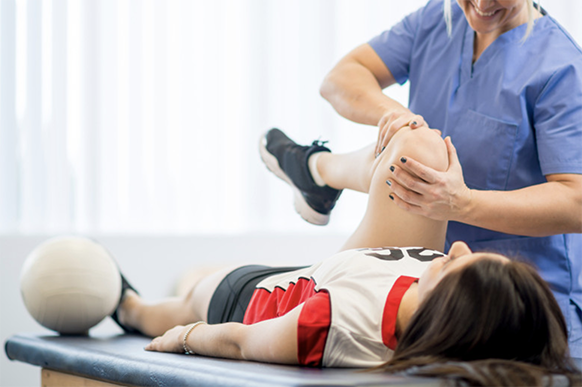Sports therapy is generally very safe when performed by qualified practitioners.
At
Holistic Healthcare Clinics, all our sports therapists are fully certified and
adhere to
professional standards established by the Society of Sports Therapists (SST).
As with any physical therapy, some temporary responses may include:
- Therapeutic muscle soreness for 24-48 hours following treatment (similar to
post-workout soreness)
- Temporary fatigue following intense rehabilitation sessions
- Mild tenderness at massage sites
- In some cases, a temporary increase in awareness of the problem area as
compensation
patterns are addressed
These responses are generally mild, short-lived, and considered a normal part of
the adaptation process. Your sports therapist will explain what to expect based
on
your
specific treatment and provide appropriate aftercare advice.
During your initial consultation, we'll take a detailed medical and training
history
to ensure
our approach is appropriate for your condition and athletic goals. Treatment
techniques are
always modified appropriately based on your injury status and training phase.



